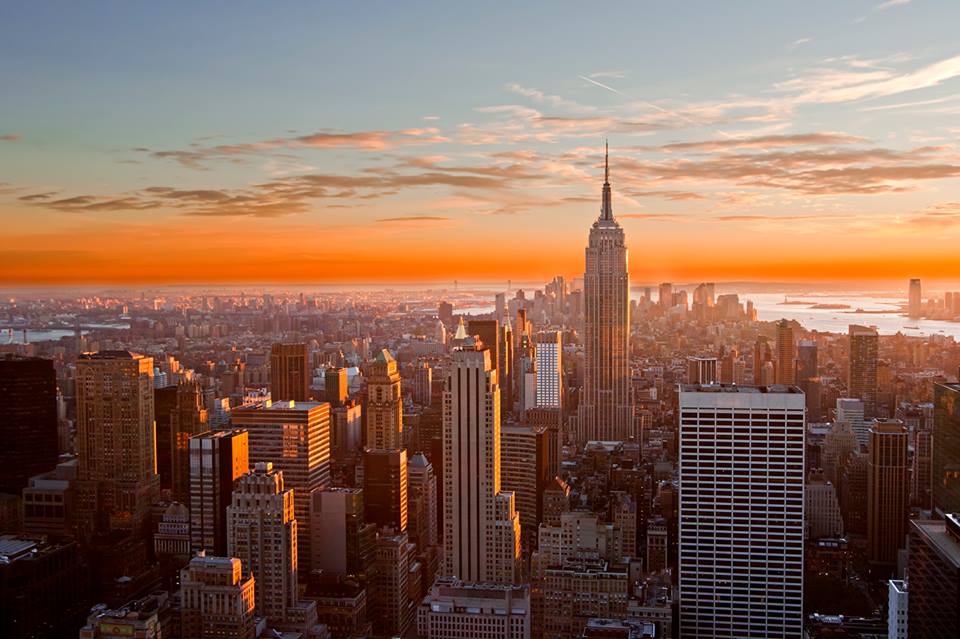

In recent years especially, transportation planners and urban designers working in this area have been joined by many in the field of public health who share an interest in the effects of the built environment on physical activity. But while any pedestrian is intuitively aware that some streets are more walkable than others, there has been a growing interest in providing a more quantitative answer to this apparently simple question.

“When it comes to walkability, this is not rocket science,” he said. So what is it that makes a place walkable? Or to put it another way, what are the key features of an environment, whether it’s a street, neighborhood, or entire city, that make it conducive to walking? Common sense is probably a reasonable guide in answering this question, according to Nando Micale, Principal at Wallace Roberts & Todd. As interest in walkability grows, driven in part by rising gas prices and booming downtown populations, Philadelphia is well-positioned both to serve as a model to other cities, and to learn from the lessons of other walkable places. This fits in well with a rapidly expanding body of literature in the fields of planning and public health which is taking a more scientific approach to linking a place’s walkability to quantifiable aspects of its built environment. Though these types of rankings are remarkably good at attracting media attention, it’s not always clear what they mean for the average pedestrian.įortunately, Walk Score is particularly transparent about what its ratings try to capture the availability of nearby businesses and amenities like parks and schools. Last Thursday, the newest walkability rankings went up on the Walk Score website and as usual, Philadelphia places near the top with a #5 rating, behind San Francisco, New York, Boston, and Chicago. That is why all of our trips are flightless in destination, fully carbon offset - and we have ambitious plans to be net zero in the very near future.Sometimes it seems like every few months a new list appears claiming to rank America’s best walking cities (see two recent examples here and here). We are committed to go as far as possible in curating our trips with care for the planet. We know that many of you worry about the environmental impact of travel and are looking for ways of expanding horizons in ways that do minimal harm – and may even bring benefits. Our Sailing Trips invite you to spend a week experiencing the best of the sea and land in the Caribbean and the Mediterranean. Our Mini Trips are small and mighty - they squeeze all the excitement and authenticity of our longer Epic Trips into a manageable 3-5 day window. Epic Trips are deeply immersive 8 to 16 days itineraries, that combine authentic local experiences, exciting activities and enough down time to really relax and soak it all in. Our Trips are suitable for both solo travellers and friends who want to explore the world together. That is why we have intensively curated a collection of premium small-group trips as an invitation to meet and connect with new, like-minded people for once-in-a-lifetime experiences in three categories: Epic Trips, Mini Trips and Sailing Trips. Increasingly we believe the world needs more meaningful, real-life connections between curious travellers keen to explore the world in a more responsible way. We are proud that, for more than a decade, millions like you have trusted our award-winning recommendations by people who deeply understand what makes certain places and communities so special. Culture Trip launched in 2011 with a simple yet passionate mission: to inspire people to go beyond their boundaries and experience what makes a place, its people and its culture special and meaningful - and this is still in our DNA today. Since you are here, we would like to share our vision for the future of travel – and the direction Culture Trip is moving in.


 0 kommentar(er)
0 kommentar(er)
